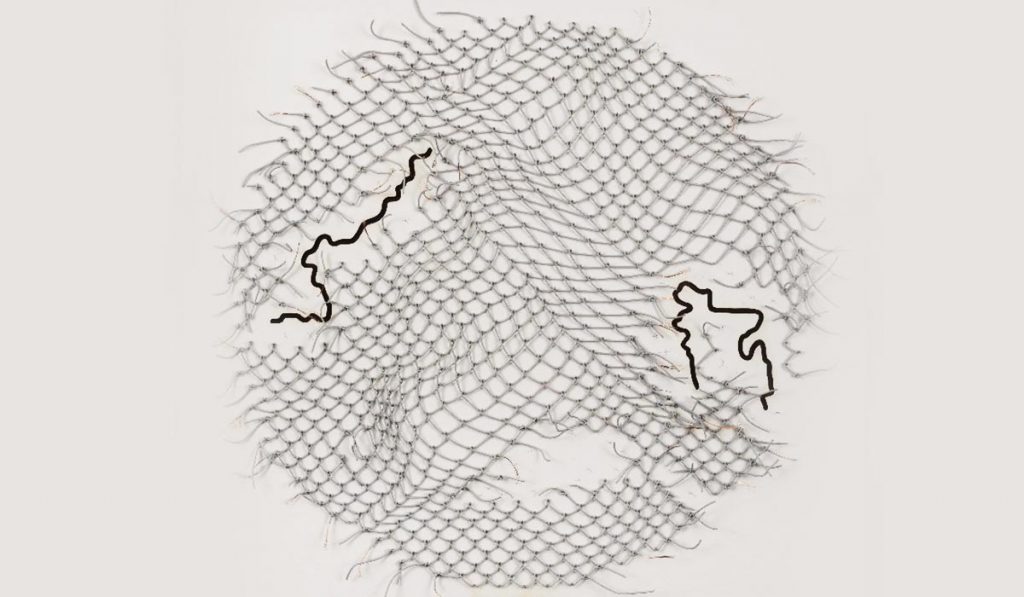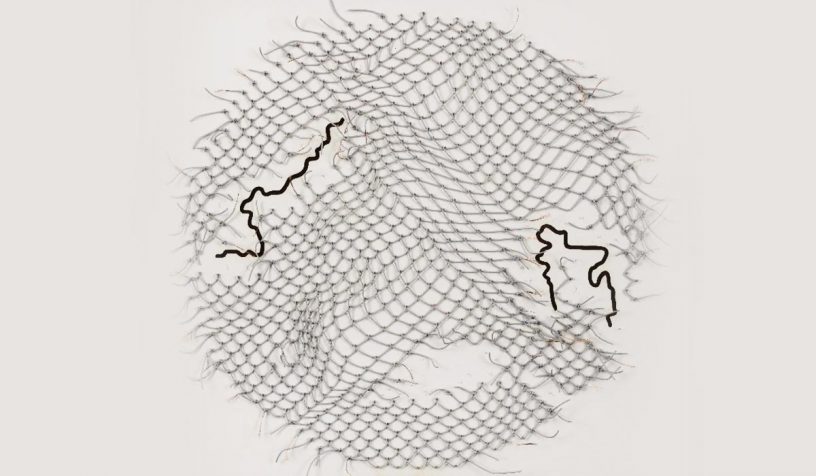
The study examines a group exhibition that questioned, undermined, and challenged borders, while also foregrounding their productive functions.
Author
Achia Anzi, Assistant Professor, Jindal School of Liberal Arts and Humanities, O.P. Jindal Global University, Sonipat, Haryana, India.
Summary
Borders and maps came under scrutiny in the last few decades. Accentuating the gap between the map and the territory, critical cartography attempts to unmask the assumed scientific objectivity of maps and to reveal their entanglement with power.
Postcolonial theory adopts a similar critical approach towards cartography which replaces the earlier attitude of the anticolonial struggles towards maps and borders. This shift is characteristic of postcolonial theories that focus on signifying practices and presuppose that the coloniser’s power lies in the ability to represent colonised histories, customs, cultures, and territories.
Ella Shohat and Robert Stam question the deconstructionist tendencies within postcolonial theory and juxtapose them to the discourse of indigenous thinkers who underscore ‘rootedness’ and ‘affirm borders’.
In this article, the author examine A-PART—Stories of Lands and Lines (23 July–16 August 2019, New Delhi), a group exhibition that explored borders through the perspectives of artists from North-East India.
Curated by Pranamita Borgohain and Vikash Nand Kumar of Zero Gravity Collective, the exhibition featured artists whose voices are not always heard within the mainstream of Indian art.
While the exhibition questioned, undermined, and challenged borders, it also foregrounded their productive functions. In this article, the author underscores and analyses this ambivalent attitude towards borders.
Published in: Jindal Global Law Review
To read the full article, please click here.


